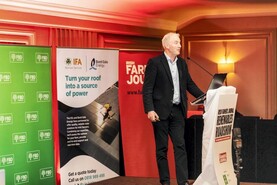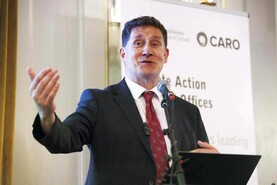The key Dutch price of natural gas dropped below €80 at the start of 2023, pushing the commodity to the lowest level since February last year, before Russia’s invasion of Ukraine put the market into a tailspin.
Whether you want to congratulate European policymakers on their efforts to both conserve gas and find alternative sources of the fuel or just say the price drop is a factor of the very mild winter in Europe so far, there is no doubt that it is good news for farmers.
Input costs were the big story in agriculture in 2022, much of which was driven by surging energy and fertiliser prices. With the price of fertiliser directly tied to the price of gas, the drop in gas should see a fall in fertiliser costs.
However, as we have seen over the past year, prices can jump around quite a lot. Fertiliser producers will probably need prices to stay low for a sustained period before they will be in a position to fully ramp up production to pre-invasion levels.
The good news is that, right now, sustained lower gas prices seems to be the most likely outcome.
The one thing to watch for is a prolonged spell of cold weather in Europe which would put pressure on supplies.






 This is a subscriber-only article
This is a subscriber-only article










SHARING OPTIONS: